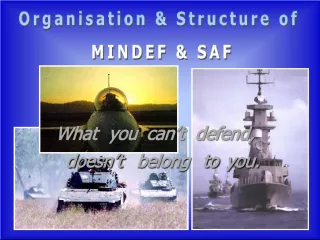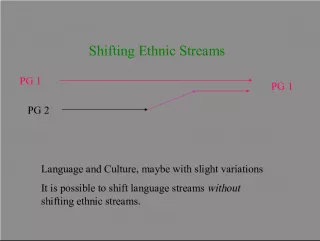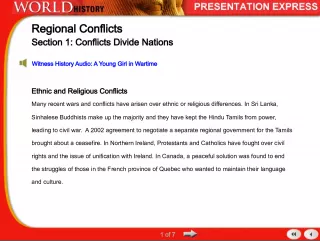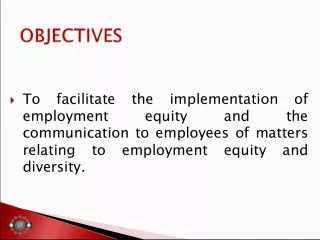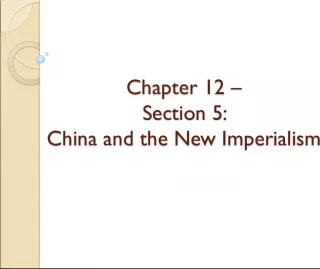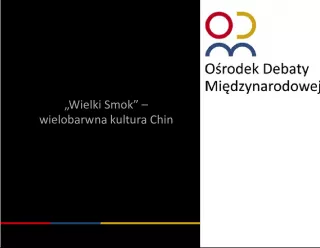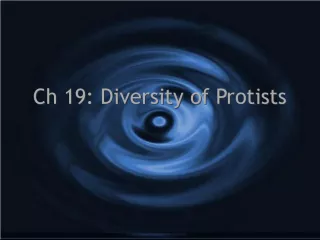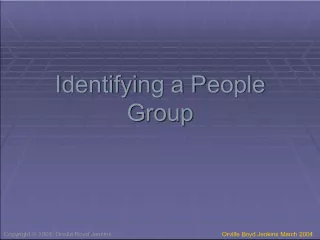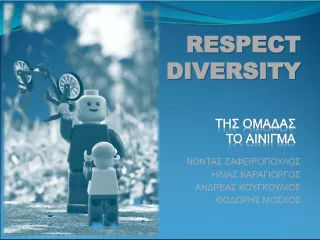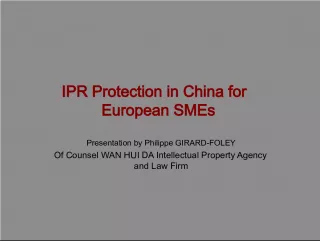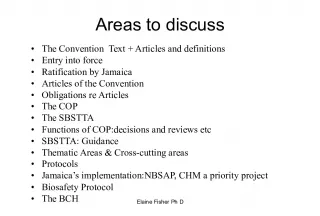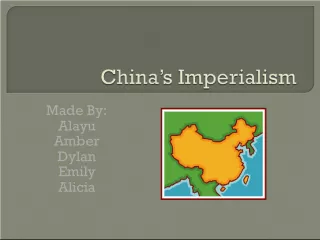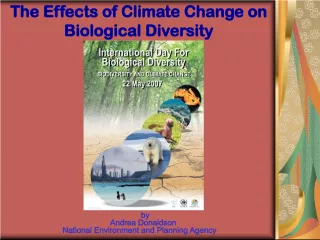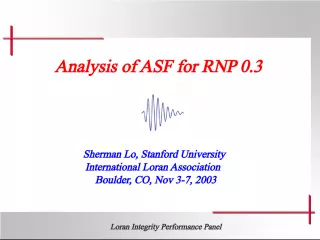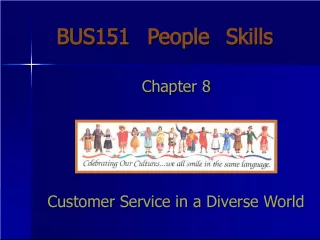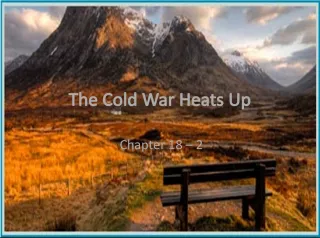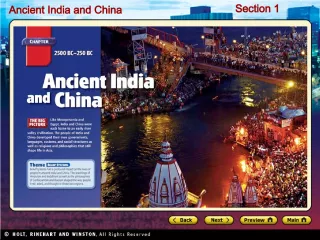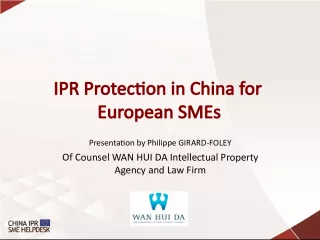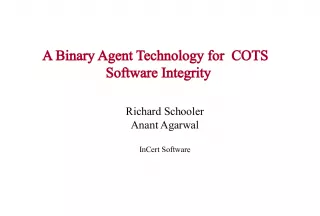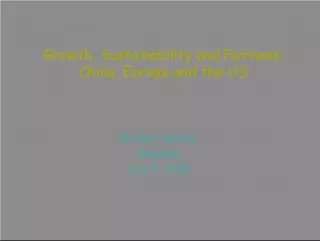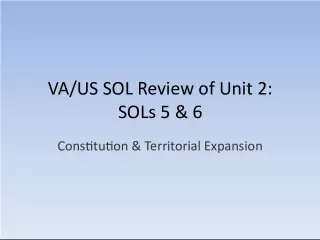Territorial Integrity and Ethnic Diversity in China


China is a country with a population of over 1.3 billion people and a land area of 9,596,960 square kilometers. It is a diverse nation with the
- Uploaded on | 2 Views
-
 phoebe
phoebe
About Territorial Integrity and Ethnic Diversity in China
PowerPoint presentation about 'Territorial Integrity and Ethnic Diversity in China'. This presentation describes the topic on China is a country with a population of over 1.3 billion people and a land area of 9,596,960 square kilometers. It is a diverse nation with the. The key topics included in this slideshow are . Download this presentation absolutely free.
Presentation Transcript
Slide1Territorial Integrity
Slide2Territorial Integrity• Population 1.3 billion people in an area of 9,596,960 sq km. • Ethnic diversity – Han Chinese are the majority ethnic group. • 3 areas that are challenging the autonomy of Beijing; – Taiwan – Tibet – Uighur
Slide3TibetTibet Uighur Uighur Taiwan Taiwan
Slide4‘One China ’ • Chinese territory can ’ t be divided into two Chinas or one China and one Taiwan. • ‘ One country, two systems ’ with Taiwan is possible.
Slide5Power and Territorial Integrity• How does China use power to achieve territorial integrity?
Slide9Terminology• ROC: Republic of China = Taiwan
Slide10‘One China ’ • The policy advocated by the PRC that the government in Beijing is the sole legitimate government of China. • How does this relate to – Taiwan? – Tibet? – Xinjiang? • China is a concept… not a nation?
Slide11History of Taiwan• Prior to WWII Chinese Nationalists (KMT) and Communists (CCP) were engaged in civil war. • Japanese invaded in 1937 and made significant territorial gains. • KMT and CCP stopped fighting each other and turned to fighting the Japanese. • WWII occurs: US supports China. • Civil War resumes after WWII
Slide12History of Taiwan• CCP forces KMT to retreat to Formosa (Taiwan). • KMT (Chiang Kai-shek) establishes government in Formosa (Taiwan). • US shields Taiwan from Chinese aggression, because of Cold War politics. • China / US exist in stalemate; China doesn ’ t attack as long as US doesn ’ t recognise Taiwan.
Slide13China’ s National Interest • How does this relate to China ’ s National Interest?
Slide14Article analysis• “ From troublemaker to peacemaker ” – What are the main points of this article? – Do a SWOT analysis for Taiwan ’ s position in the Asia-Pacific. S trengths W eaknesses O pportunities T hreats
Slide15US Involvement• http://www.youtube.com/watch?v=3d59UtxR dLE&feature=related
Slide16Two agreements…• 1978 Normalisation Agreement • 1979 Taiwan Relations Act (TRA)
Slide17Hot Flashes• These are good illustrations of the different methods of resolution that Beijing pursues alongside other long-term policies.
Slide18Hot Flashes1. 1995-1996 Taiwan-China missile crisis 2. 2000 Taiwanese presidential election 3. 2001 EP-3 crisis 4. 2001 APEC and WTO crisis 5. 2004 Taiwanese referenda and presidential elections 6. 2005 Events of 2005 7. 2006 Taiwan scraps the National Unification Council 8. 2008 Events of 2008
